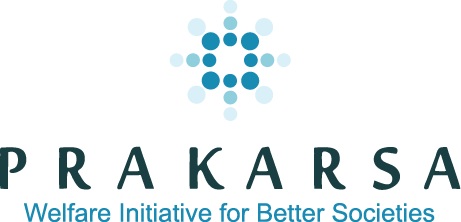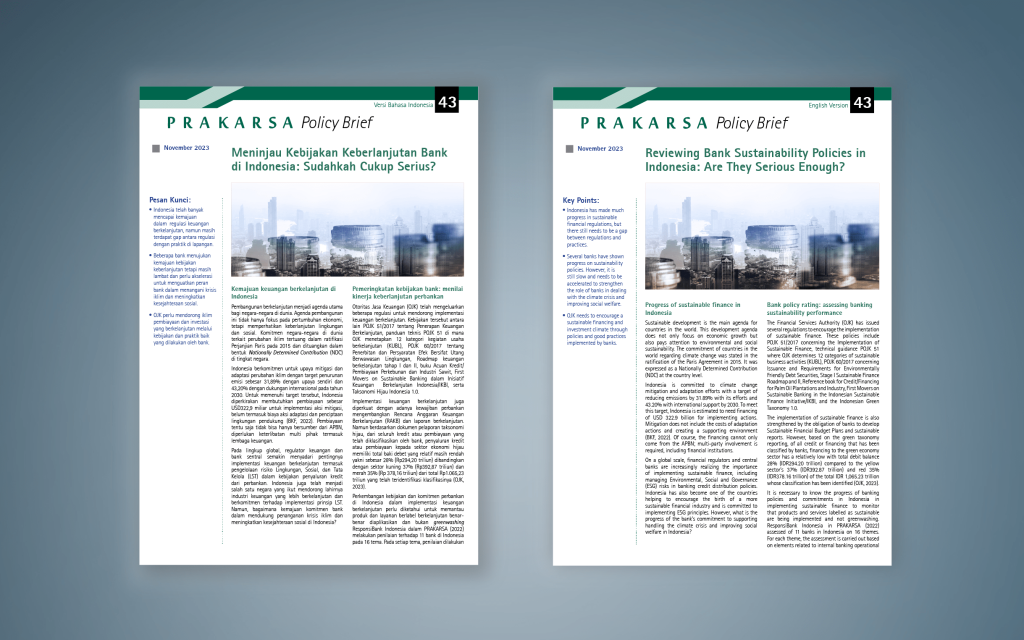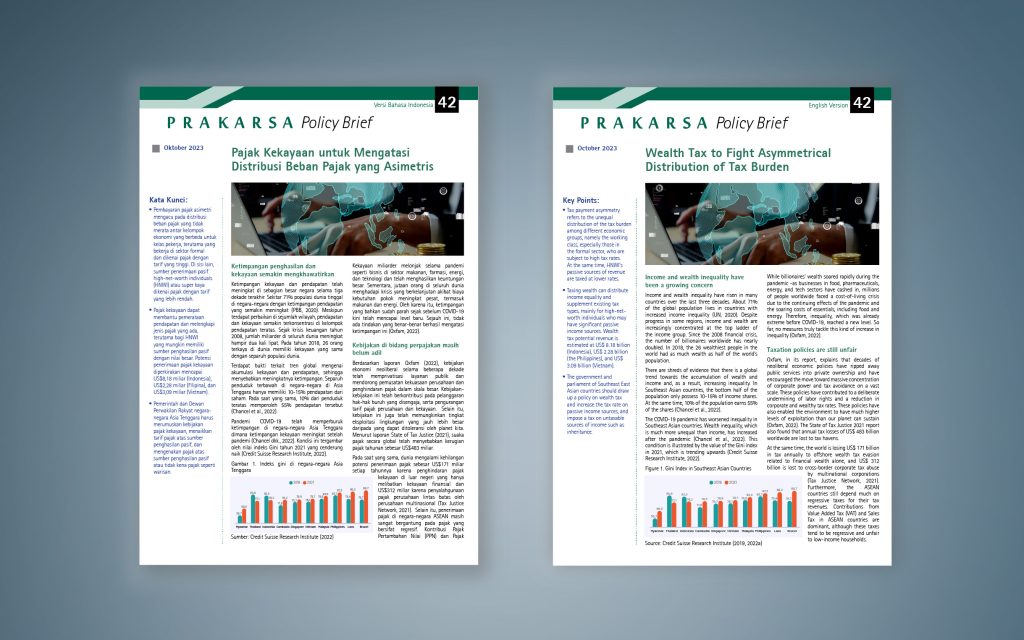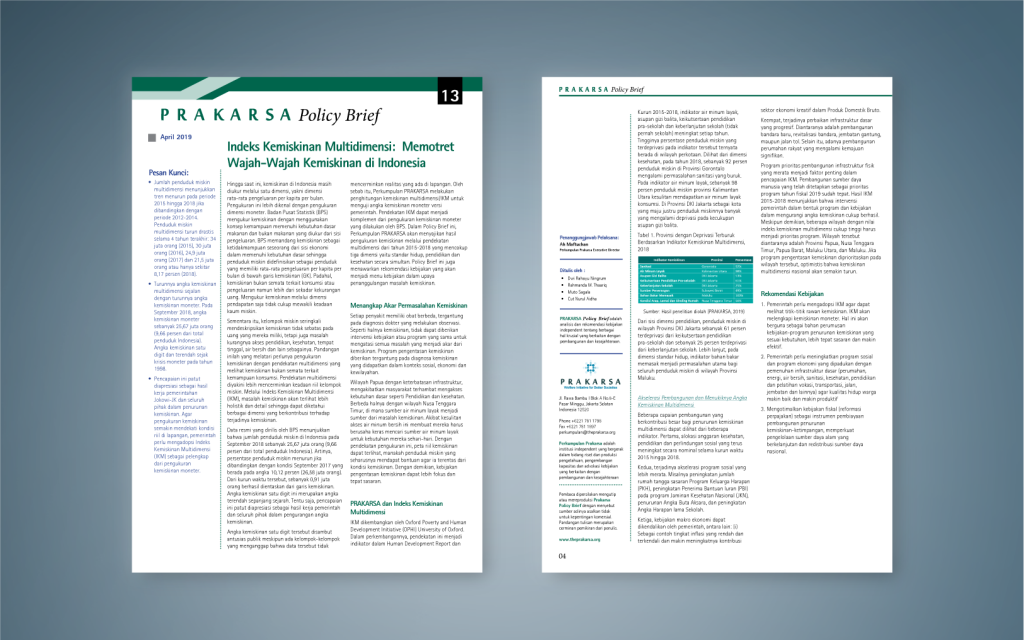
Until now, poverty in Indonesia is still measured through only one dimension, namely the dimension of average expenditure per capita per month. This measurement is better known as the monetary dimension measurement. The Central Statistics Agency (BPS) measures poverty by using the concept of the ability to meet basic food and non-food needs as measured from the expenditure side. BPS views poverty as the inability of a person from an economic point of view to fulfill basic needs so that the poor are defined as people who have an average monthly per capita expenditure below the poverty line (GK). In fact, poverty is not only related to consumption or expenditure but is more than just a lack of money. Measuring poverty through the income dimension alone is not sufficient to represent the condition of the poor.
Meanwhile, the poor often describe poverty not only in terms of the money they have, but also the problem of lack of access to education, access to health, housing, access to clean water and so on. It is this view that underlies the need for measuring poverty with a multidimensional approach which views that poverty is not only related to the ability to consume. The multidimensional approach is also believed to better reflect the real situation of the poor. Through the Multidimensional Poverty Index (IKM), the problem of poverty will look more holistic and detailed so that various dimensions that contribute to poverty can be identified. Official data released by BPS shows that the number of poor people in Indonesia in September 2018 was 25,67 million people (9,66 percent of Indonesia's total population). This means that the percentage of poor people has decreased when compared to the conditions in September 2017 which was at 10,12 percent (26,58 million people). From September 2017 – September 2018, as many as 0,91 million people were successfully lifted from the poverty line. This single digit poverty rate is the lowest number in history. Of course, this achievement should be appreciated as a result of the work of the government and all parties in reducing poverty.
The single-digit poverty rate was greeted with enthusiasm by the public, although there were groups who thought that the data did not reflect the reality on the ground. Therefore, Association PRAKARSA perform a multidimensional poverty/IKM calculation to test the government's version of the monetary poverty rate. The SMI approach can be a complement to the monetary poverty measurement conducted by BPS. In this Policy Brief, Association PRAKARSA will present the results of measuring poverty through a multidimensional approach from 2015-2018 which includes three dimensions namely standard of living, education and health simultaneously. This Policy Brief also offers various policy recommendations that will become the policy menu in efforts to overcome poverty problems in the country.
